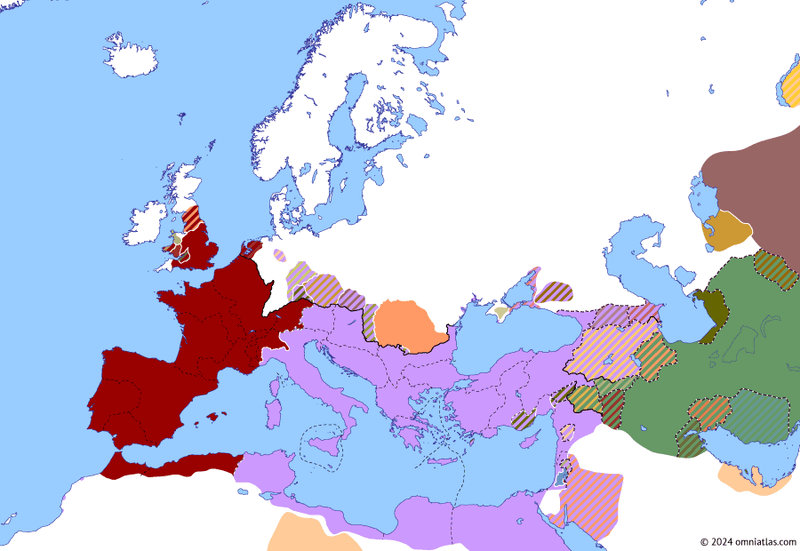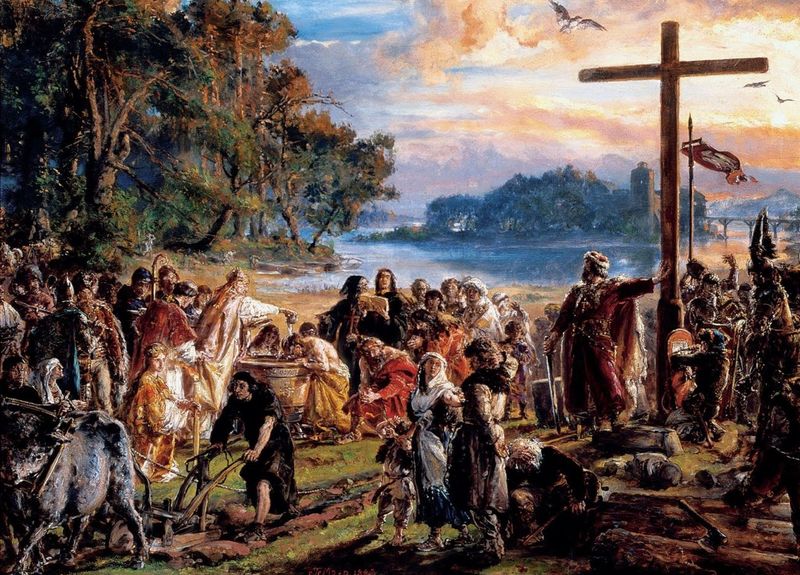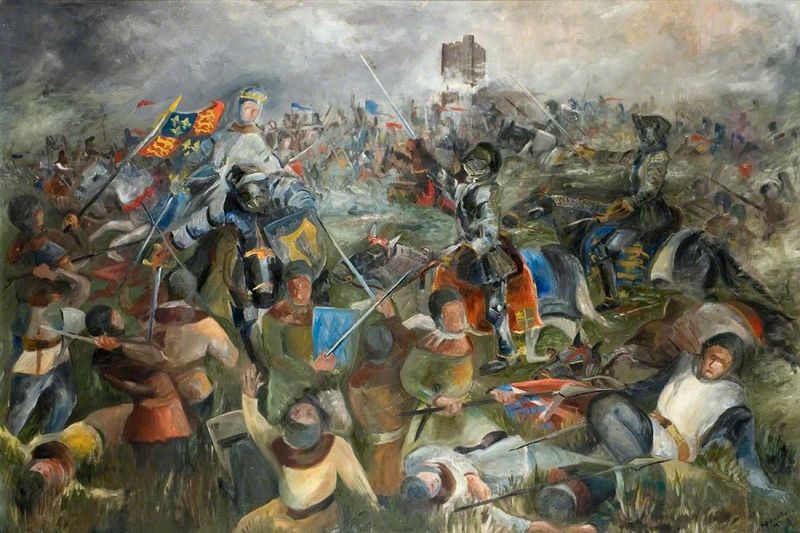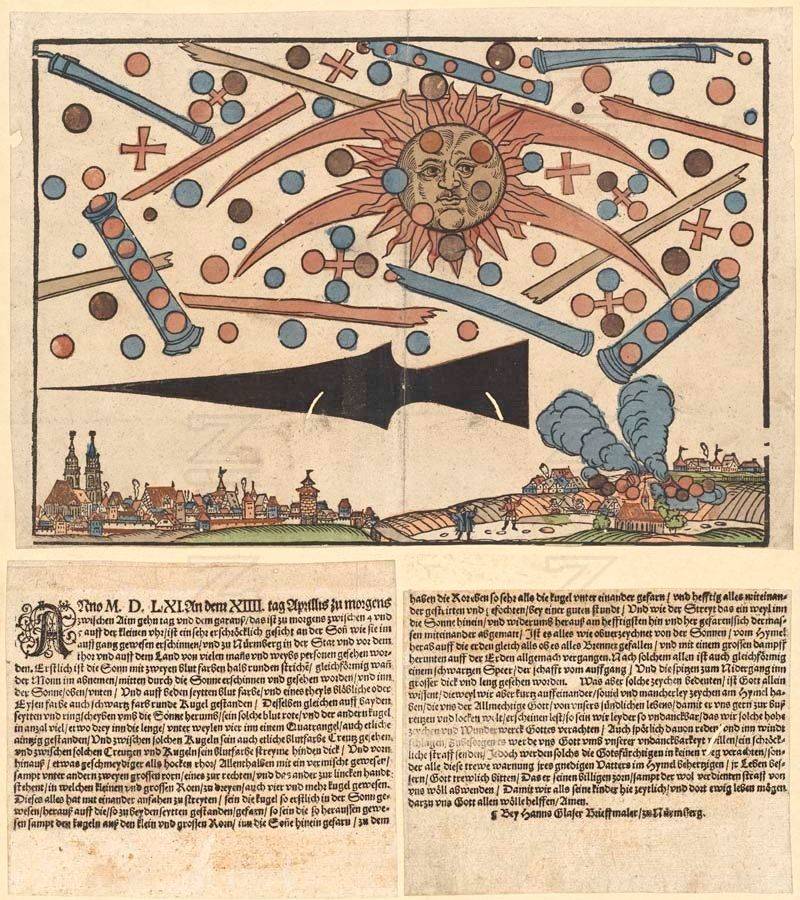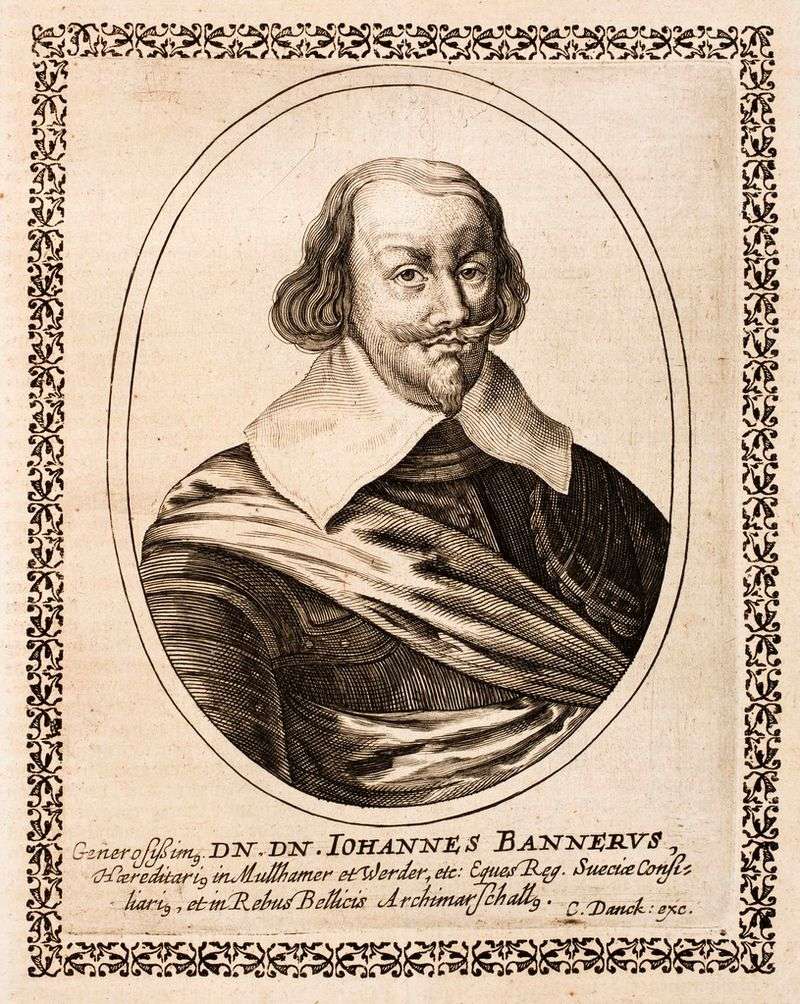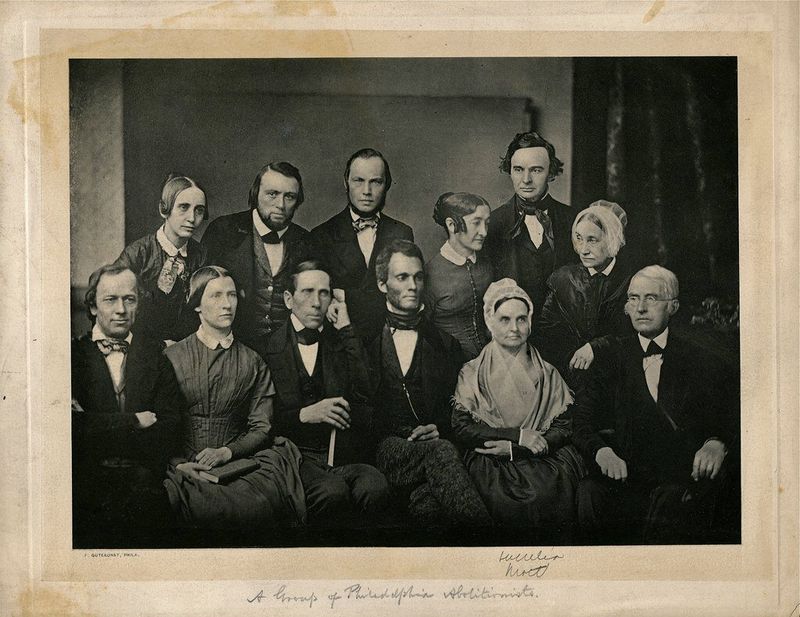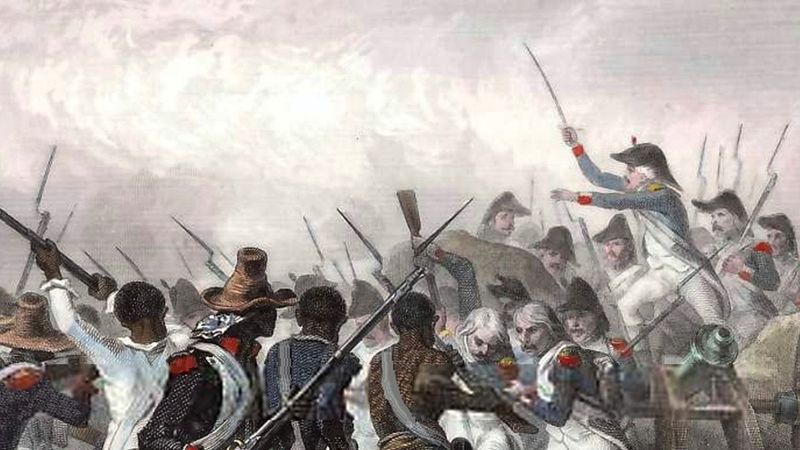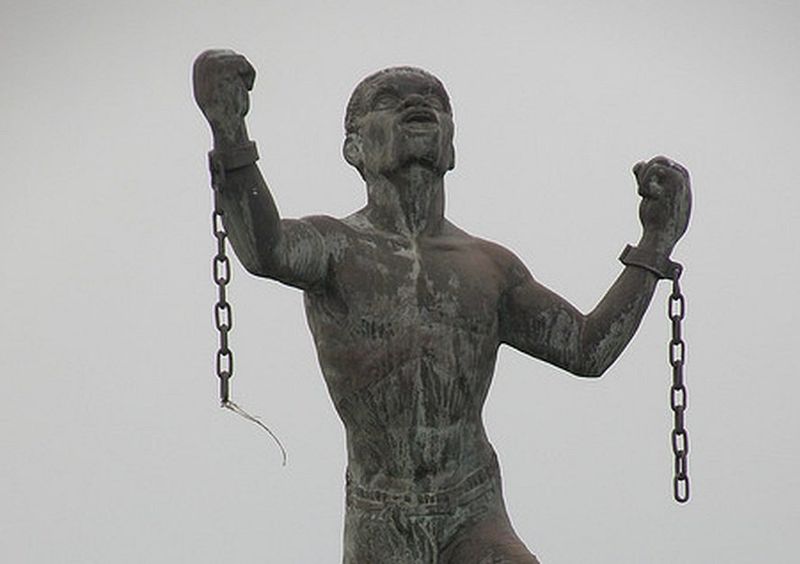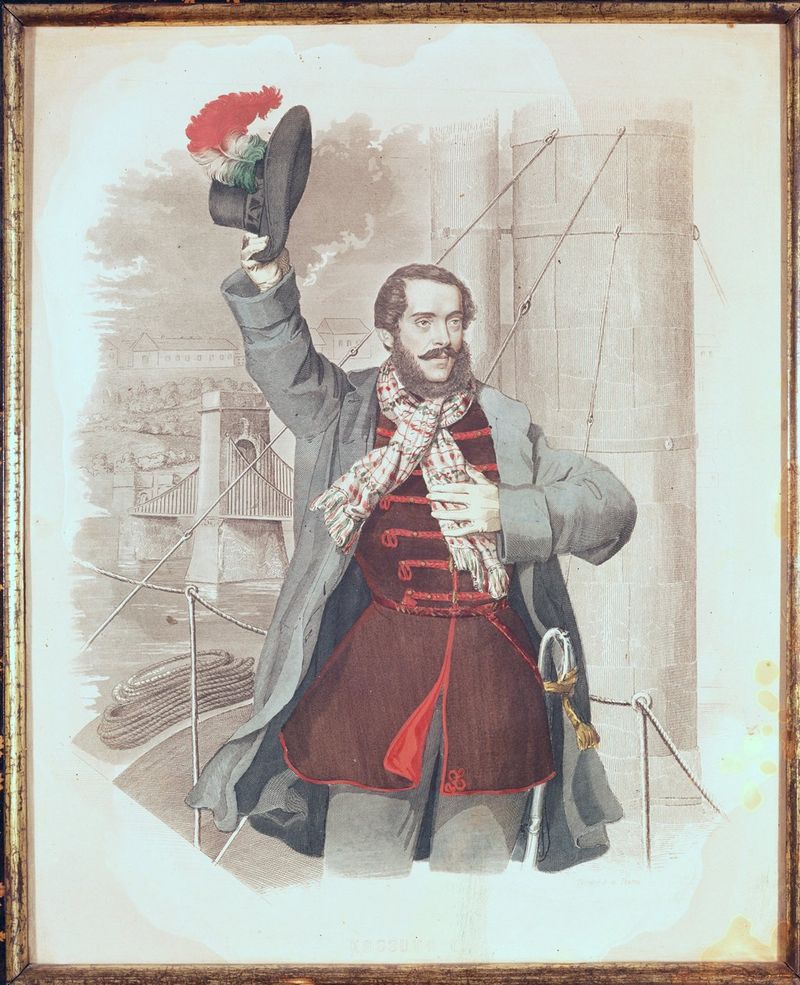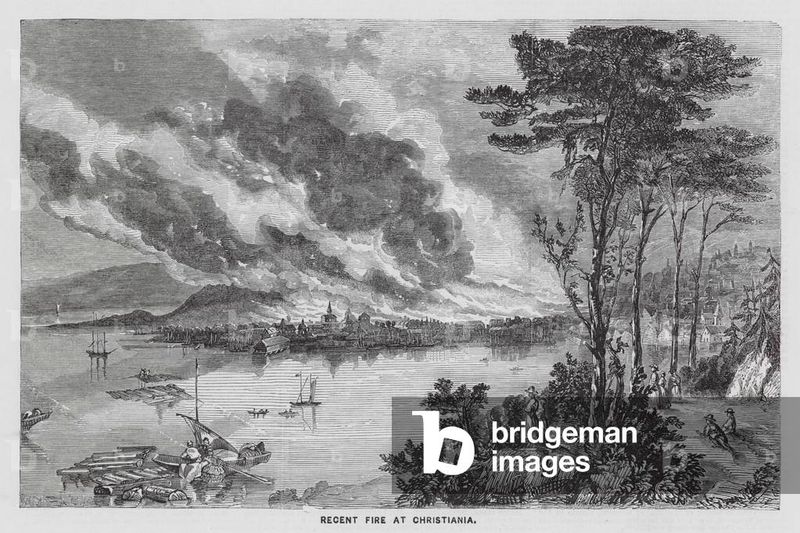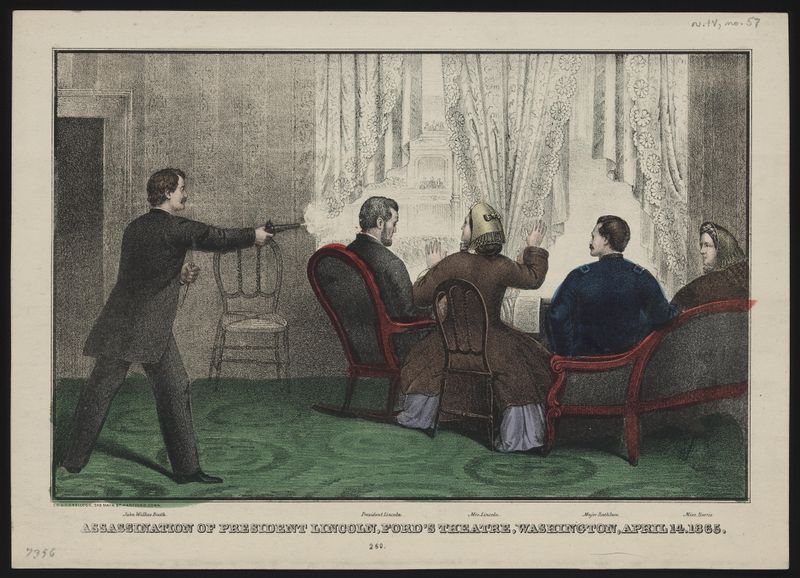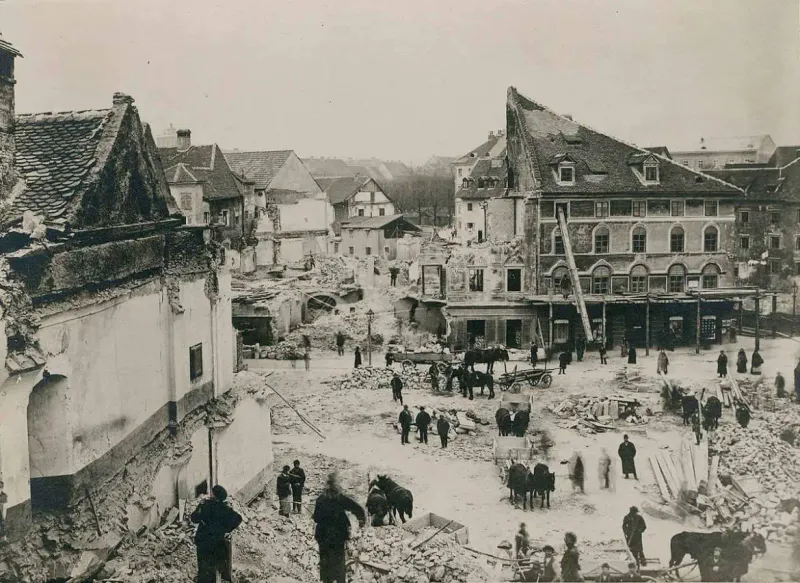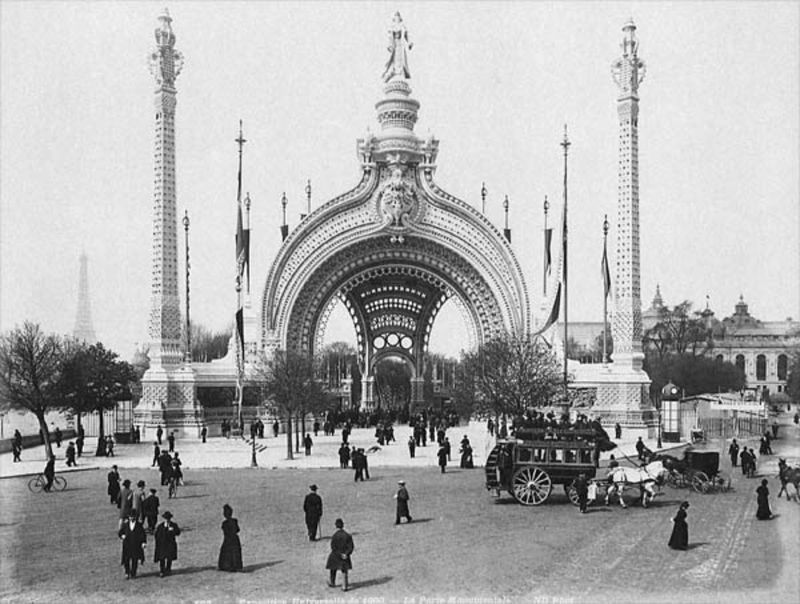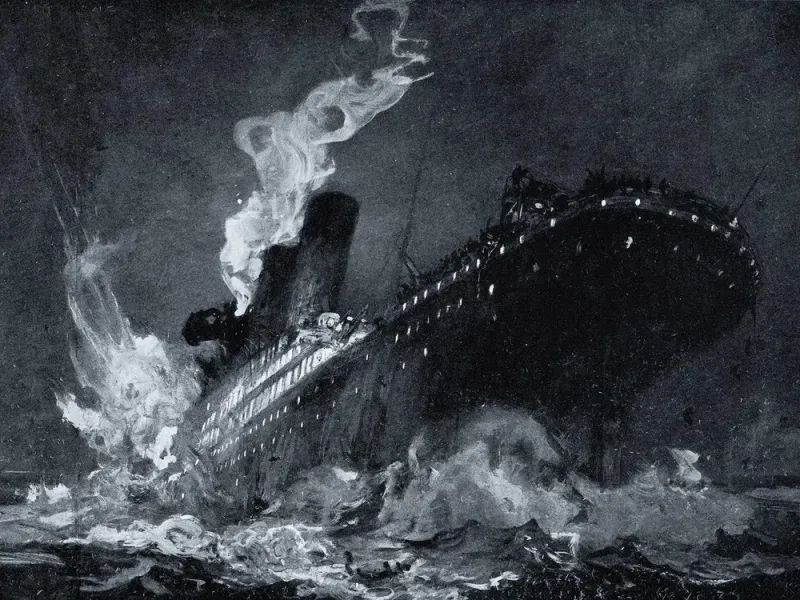April 14, a day marked by significant events across history, has witnessed battles, discoveries, and cultural transformations that have left indelible marks on the world.
From ancient confrontations to maritime tragedies, this date encapsulates moments that have shaped nations and cultures.
Join us as we journey through time to explore 20 defining events that took place on April 14.
1. 43 – Roman Legions Defeat Mark Antony’s Forces at the Battle of Forum Gallorum
In 43 BC, the Roman legions clashed with Mark Antony’s forces at the Battle of Forum Gallorum, a battle that would influence Rome’s political landscape.
This confrontation unfolded near Modena, Italy, where the legions, led by consuls Hirtius and Pansa, sought to thwart Antony’s ambitions.
The battle, marked by strategic maneuvers and brutal combat, ended with a Roman victory but at a great cost.
Consul Pansa was mortally wounded, which impacted the morale of the Roman troops. Yet, this victory was pivotal in curbing Antony’s power temporarily.
2. 69 – Vitellius Defeats Emperor Otho at the First Battle of Bedriacum
On April 14, 69 AD, Vitellius’s forces clashed with those of Emperor Otho at the First Battle of Bedriacum in northern Italy. This decisive encounter was part of the Year of the Four Emperors, a tumultuous period in Roman history characterized by civil war and political upheaval.
Vitellius’s victory at Bedriacum paved his way to becoming emperor, although his reign was short-lived. The battle was brutal, with both sides suffering heavy casualties.
Otho’s decision to take his own life following the defeat marked a poignant end to his brief rule, highlighting the era’s volatility.
3. 966 – Mieszko I Converts to Christianity, Founding the Polish State
April 14, 966, marks a pivotal moment in Polish history as Mieszko I, the Duke of Poland, converted to Christianity. This event is often viewed as the founding of the Polish state, symbolizing a shift towards Western European cultural and political norms.
Mieszko’s baptism not only aligned Poland with the Christian kingdoms of Europe but also strengthened his rule by gaining the support of the Church.
This strategic move helped fortify Poland’s position in the emerging medieval European order, laying the foundations for the nation’s future development.
4. 972 – Otto II Marries Byzantine Princess Theophanu
In 972, Otto II, Holy Roman Emperor, married Byzantine Princess Theophanu, a union that represented a significant diplomatic alliance between the Holy Roman Empire and the Byzantine Empire.
This marriage on April 14 was more than a personal union; it was a strategic bond between two powerful empires.
Theophanu, known for her intelligence and political acumen, played an essential role in the empire’s administration. Her influence extended beyond her lifetime, impacting the cultural and political landscape of both empires significantly.
5. 1395 – Battle of the Terek River: Timur Defeats the Golden Horde
On April 14, 1395, Timur’s forces decisively defeated the Golden Horde at the Battle of the Terek River. Timur, a formidable conqueror, engaged the Mongol forces led by Tokhtamysh in a battle that would alter the power dynamics in Central Asia.
The victory solidified Timur’s dominion, weakening the Golden Horde’s grip in the region. This battle is remembered for its strategic brilliance and the sheer scale of the forces involved, marking a turning point in the struggle for supremacy in the vast steppes of Eurasia.
6. 1471 – Battle of Barnet: Edward IV Defeats the Lancastrians and Restores His Throne
April 14, 1471, saw a landmark clash in England’s Wars of the Roses: the Battle of Barnet. Here, Edward IV led the Yorkists to a decisive victory over the Lancastrians, effectively restoring his throne.
The battle was enveloped in fog, causing confusion among troops, a factor that played to Edward’s advantage. This victory not only consolidated his position as King but also shifted the power balance, marking a pivotal moment in this dynastic conflict that plagued England for decades.
7. 1561 – Celestial Phenomenon over Nuremberg Reported as an Aerial Battle
In 1561, the skies above Nuremberg were alive with mysterious phenomena that witnesses described as an aerial battle. On April 14, residents saw what looked like fiery spheres and crosses flying against a backdrop of a blood-red sky.
This event, chronicled in broadsheets, sparked intrigue and fear, with interpretations ranging from celestial omens to extraterrestrial encounters.
Whether a natural atmospheric event or something more otherworldly, the incident remains a captivating historical puzzle that intrigues scholars and enthusiasts alike.
8. 1639 – Battle of Chemnitz: Swedes Crush the Holy Roman and Saxon Forces
On April 14, 1639, the Battle of Chemnitz unfolded, where Swedish forces, under the command of Johan Banér, decisively defeated the combined armies of the Holy Roman Empire and Saxony.
This encounter was part of the broader Thirty Years’ War, a destructive and prolonged conflict in Europe.
The victory at Chemnitz bolstered Swedish influence in the region, demonstrating their military prowess. This battle exemplified the strategic shifts and alliances that characterized this tumultuous period, reflecting the complex interplay of power in 17th-century Europe.
9. 1775 – The Society for the Relief of Free Negroes Unlawfully Held in Bondage
In the heart of Philadelphia, 1775, a group of visionaries gathered to forge a path toward justice. The Society for the Relief of Free Negroes Unlawfully Held in Bondage was founded on April 14, marking a pivotal moment in the fight for freedom.
This society, the first of its kind in America, sprouted from the ideals of dignity and equality. Its members, fueled by a shared purpose, sought to aid those who had been wronged by the shackles of unlawful bondage.
Their efforts planted seeds of change, echoing through the fabric of society, reminding us of the enduring power of collective action.
10. 1793 – Siege of Port-au-Prince: French Troops Overcome Slave Settlers
In 1793, the Siege of Port-au-Prince was a critical episode in the Haitian Revolution. French troops aimed to regain control over the colony amidst the struggle for emancipation by the enslaved population.
On April 14, French forces overcame the slave settlers who had taken control of the city. This siege highlighted the intense and violent conflicts that characterized the Haitian Revolution, a struggle that would ultimately lead to Haiti’s independence and the abolition of slavery in the colony.
11. 1816 – Bussa Leads a Slave Rebellion in Barbados
On April 14, 1816, Bussa, an enslaved African, led a significant rebellion in Barbados, marking a pivotal moment in the struggle against slavery in the Caribbean. This uprising, known as Bussa’s Rebellion, aimed to challenge the oppressive system and demand freedom.
The rebellion was brutally suppressed, but it highlighted the growing unrest and desire for emancipation among the enslaved population. Bussa became a symbol of resistance and courage, inspiring future movements toward abolition and equality in the Caribbean.
12. 1849 – Hungary Declares Independence Under Lajos Kossuth
On April 14, 1849, Lajos Kossuth, a charismatic leader, declared Hungary’s independence from Austria amidst the 1848 Revolutions sweeping Europe. This bold declaration was a significant step in Hungary’s quest for autonomy, igniting nationalistic fervor.
Kossuth’s leadership inspired many, and his vision for a free Hungary resonated with those yearning for self-determination.
However, the declaration led to military conflict with Austria, and the struggle for independence faced formidable challenges, making Kossuth a national hero in Hungary’s enduring fight for freedom.
13. 1858 – The 1858 Christiania Fire Devastates City Blocks in Norway
April 14, 1858, witnessed a devastating fire in Christiania, now Oslo, that swept through the city, leaving ruin in its wake. The fire consumed numerous city blocks, obliterating homes and businesses, and challenging the firefighting capabilities of the time.
This disaster underscored the vulnerability of urban areas to fire hazards. It sparked changes in building regulations and emergency responses, highlighting the need for improved urban planning and fire safety measures to protect growing cities from such catastrophes.
14. 1865 – U.S. President Abraham Lincoln Is Shot at Ford’s Theatre
On April 14, 1865, President Abraham Lincoln was shot by John Wilkes Booth while attending a play at Ford’s Theatre in Washington, D.C. This tragic event marked a pivotal moment in American history.
The assassination shocked the nation, occurring just days after the end of the Civil War. Lincoln’s death was a profound loss for a country on the brink of reconstruction and healing.
His leadership and vision for a united America continue to resonate, making this event a defining moment in U.S. history.
15. 1881 – The Four Dead in Five Seconds Gunfight in El Paso, Texas
On April 14, 1881, El Paso, Texas, witnessed a brief but deadly gunfight known as the Four Dead in Five Seconds Gunfight. This notorious event involved lawman Dallas Stoudenmire, who quickly became a legend in the Old West.
The gunfight erupted in a downtown street, epitomizing the lawlessness and violence of the frontier. Stoudenmire’s swift actions and sharp shooting ended the skirmish in seconds, leaving four men dead.
This incident highlighted the unique challenges of maintaining law and order in the rapidly developing American West.
16. 1894 – The First Commercial Motion Picture House Opens in New York City
April 14, 1894, marks a milestone in entertainment history with the opening of the first commercial motion picture house in New York City. This venue, featuring Edison’s Kinetoscope, offered the public a glimpse of the burgeoning world of cinema.
This innovation transformed entertainment, paving the way for the modern film industry. Patrons marveled at moving images, a technological wonder of the time.
The event signaled the beginning of a new cultural phenomenon, sparking an era of cinematic exploration and enjoyment.
17. 1895 – The Ljubljana Earthquake Strikes, Marking the Last Destructive Quake in the Area
On April 14, 1895, Ljubljana, Slovenia, was struck by a powerful earthquake that caused widespread destruction. This natural disaster marked the last major earthquake in the area, leaving a lasting impact on the city’s architectural and social landscape.
The quake prompted significant rebuilding efforts and led to advancements in seismic research and building techniques. It also fostered a sense of community resilience, as residents came together to rebuild and restore their beloved city in the wake of catastrophe.
18. 1900 – The Exposition Universelle (World’s Fair) Opens in Paris
April 14, 1900, marked the opening of the Exposition Universelle in Paris, a grand celebration of technological and cultural achievements at the turn of the century. This world’s fair attracted millions of visitors, offering a glimpse into the future.
The exposition showcased innovations like moving sidewalks and the debut of talking films, captivating audiences with its forward-looking exhibits. It illustrated the optimism and creativity of the era, fostering international collaboration and cultural exchange on a grand scale.
19. 1906 – The Azusa Street Revival Begins, Launching Pentecostalism Worldwide
In 1906, the Azusa Street Revival began in Los Angeles, sparking a global Pentecostal movement. This spiritual awakening, led by African American preacher William J. Seymour, attracted a diverse congregation, breaking racial and social barriers.
The revival emphasized a direct, personal experience of faith, marked by enthusiastic expressions of worship.
Its inclusive and transformative message resonated worldwide, leading to the establishment of Pentecostal churches globally, shaping modern religious landscapes with its emphasis on the Holy Spirit’s gifts.
20. 1912 – RMS Titanic Hits an Iceberg and Begins to Sink in the North Atlantic
April 14, 1912, is etched in history as the day the RMS Titanic struck an iceberg in the North Atlantic, leading to one of the most infamous maritime disasters. The collision occurred just before midnight, setting in motion a tragic chain of events.
The Titanic, touted as unsinkable, soon began to take on water, revealing vulnerabilities in its design. This disaster resulted in the loss of over 1,500 lives and led to significant changes in maritime safety regulations.
The Titanic’s story continues to captivate and caution future generations.


